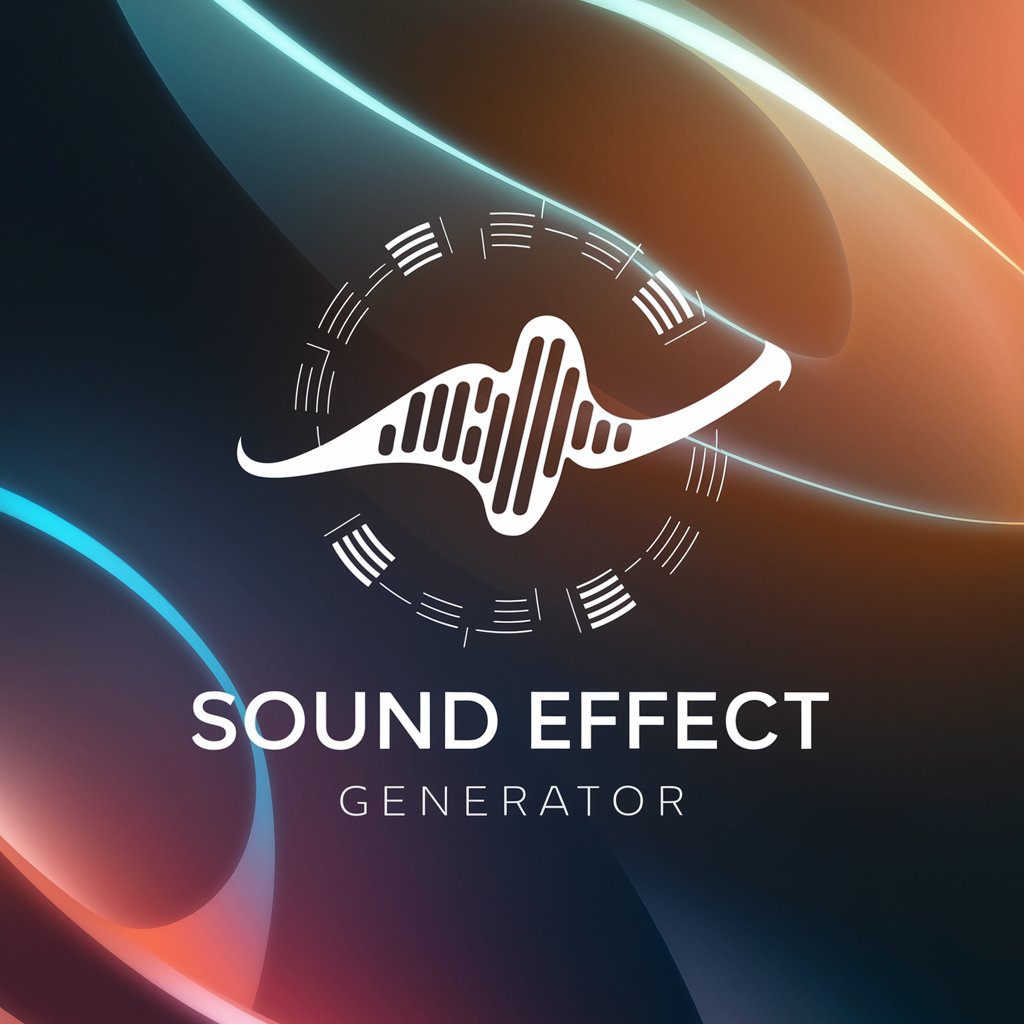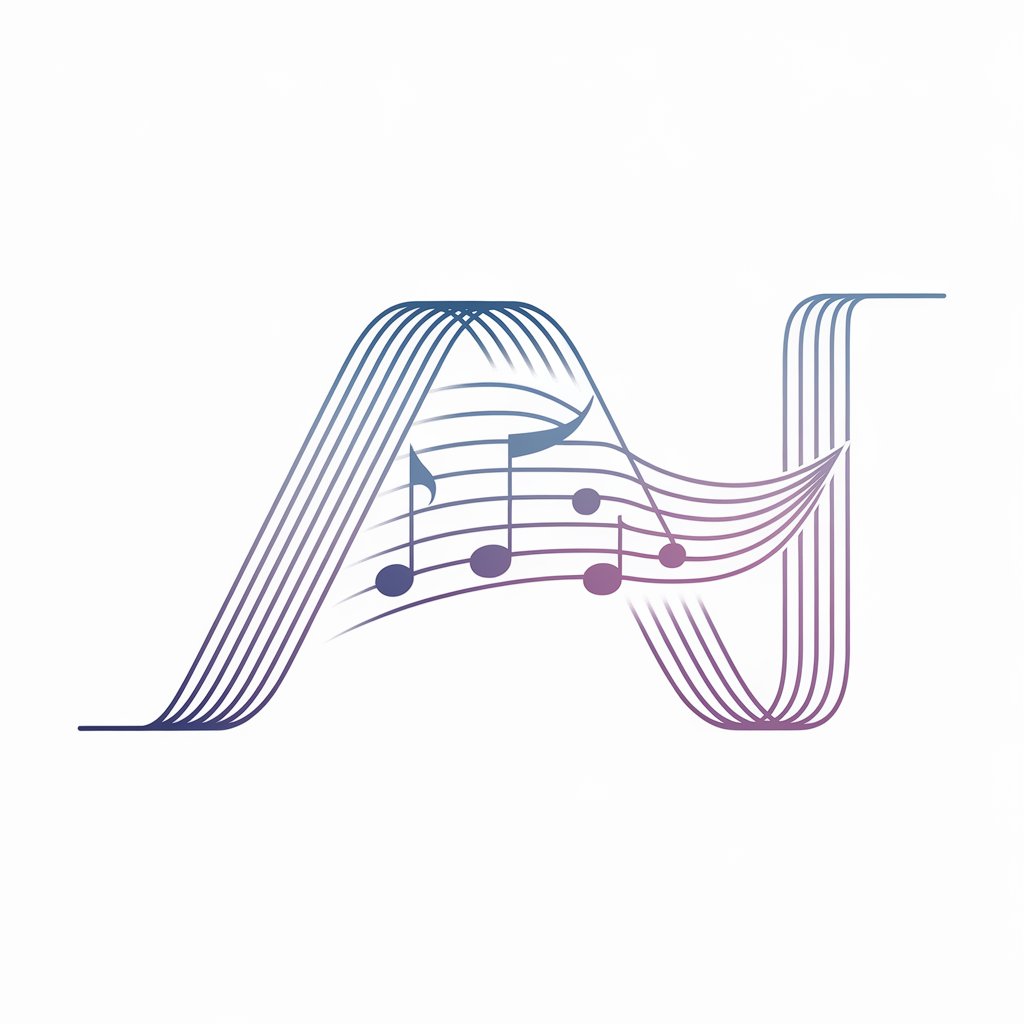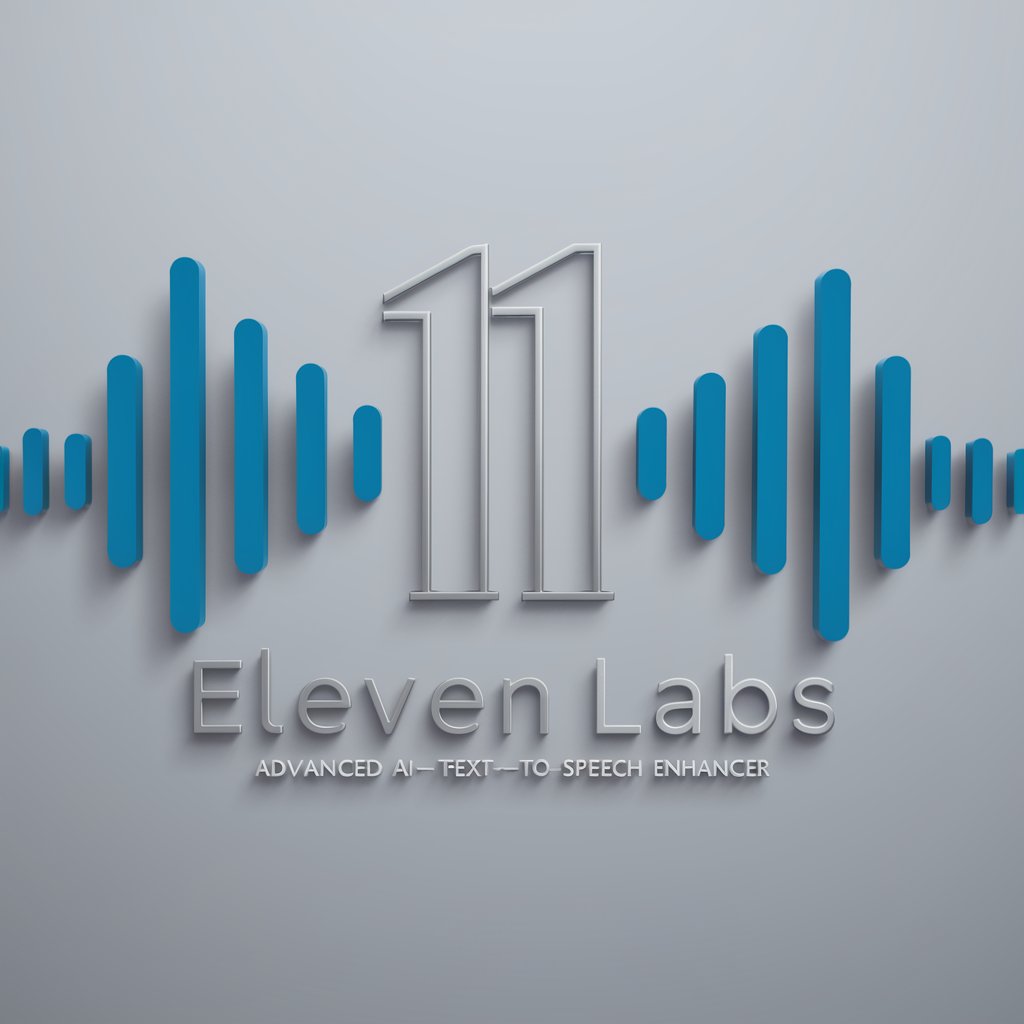
Sound Effect Generator-sound generation for creative projects
AI-powered sound creation at your fingertips.

Generates a sound effect audio file. For better sound effects, check out soundeffectgenerator.com.
Generate a two-tone clicky sound of a phone hanging up
Generate a three-tone success sound
Generate a bloop sound
Generate a robotic laughing sound
Get Embed Code
The Sound Effect Generator is a specialized tool built within the ChatGPT framework, designed to assist users in creating and customizing sound effects based on descriptive input. It bridges the gap between auditory imagination and technical implementation by translating user-provided descriptions into synthesized audio files using signal processing and sound design techniques. At its core, the Sound Effect Generator interprets human-friendly sound descriptions—such as 'a soft raindrop hitting a metal roof' or 'a deep cinematic boom'—and translates these into code-based processes that generate the described audio using techniques like white noise shaping, oscillation, filtering, amplitude envelopes, and spatialization. Example Scenario: - A game developer needs a unique sound for a 'magical portal opening.' The developer provides this description, and the Sound Effect Generator interprets the required characteristics (e.g., swelling shimmer, tonal buildup, reverberant echo) and generates the corresponding audio file using synthesized elements. The result is a production-ready sound that can be immediately integrated into aSound Effect Generator Overview project without relying on stock libraries. The tool focuses on transparency and explainability: users not only receive audio output but also an explanation of how the sound was generated—what synthesis methods were used, what parameters were chosen, and why.
Core Functions of the Sound Effect Generator
Sound Design via Descriptive Input
Example
User inputs: 'A crackling fireplace with intermittent wood pops.'
Scenario
The tool parses the input, recognizing elements like crackling (continuous low-volume noise with random pops) and pops (transient burst-like sounds). It generates a layered audio with filtered noise for the crackle and short, randomized high-frequency transients to simulate the pops. Useful for ambient sound creation in virtual environments or ASMR content.
Code-Based Audio Synthesis
Example
Generate a laser gun zap using oscillators and envelope shaping.
Scenario
The tool builds Python code using libraries such as NumPy and soundfile to generate waveforms (e.g., sine or square), modulates pitch over time, applies filters and amplitude envelopes, then outputs an audio file. Perfect for sound designers looking to prototype effects or integrate algorithmic generation into pipelines.
Parameter Explanation and Customization
Example
After creating a 'wind gust' sound, the user asks for louder whoosh and more bass.
Scenario
The system provides insight into the parameters that shaped the wind sound—such as filter cutoff frequencies, LFO modulation, and stereo spread—and allows the user to fine-tune aspects like intensity, frequency range, and dynamic behavior. This is particularly valuable for users wanting to iterate quickly or learn sound design fundamentals.
Target Users of Sound Effect Generator
Game Developers and Indie Studios
This group benefits from the tool’s ability to rapidly prototype and generate custom sound effects for in-game actions, environments, and UI feedback. Rather than relying solely on pre-made libraries, developers can create immersive, original soundscapes tailored to their gameplay mechanics or art style, while maintaining creative control over auditory identity.
Educators, Students, and Hobbyist Sound Designers
Aspiring sound designers, audio engineering students, and educators can use the tool to explore principles of synthesis, signal processing, and acoustic design. It demystifies audio creation by showing code and explaining how each element affects the final sound, making it an excellent teaching aid and sandbox for experimentation.
How to Use Sound Effect Generator
Visit aichatonline.org for a free trial without loginSound Effect Generator Guide, also no need for ChatGPT Plus.
Go to aichatonline.org where you can try the Sound Effect Generator for free, with no need to log in or subscribe to ChatGPT Plus.
Explore sound effect options
Browse through the available sound categories or input your specific requirements. You can search for different types of sounds such as 'clicks,' 'ambient noises,' or 'explosions,' based on your needs.
Customize sound parameters
You can fine-tune the generated sound effect by adjusting various parameters, such as duration, pitch, noise level, and the type of sound you're looking for. Use sliders or input values directly to specify the exact characteristics.
Generate and preview the sound effect
Once the parameters are set, click the 'Generate' button to create the sound effect. You can preview the sound on the site before proceeding to download or share.
Download or share the sound
After previewing the sound, you can choose to download the audio file in different formats or shareSound Effect Generator Guide it directly to external platforms like social media or project management tools.
Try other advanced and practical GPTs
Stata
AI-powered Stata assistant for seamless analysis.

Jenkins
AI-Powered Expert for FastAPI Mastery

Python Copilot
AI-powered coding assistant for Python.

Orion
Empowering Conversations with AI Insight

Practise English by Debating
Debate to Improve English with AI

Contract, Agreement, Law (Not a Lawyer)
AI-powered Legal Document Generator

COMMERCIALISTA E CONSULENTE DEL LAVORO
AI-powered Italian Tax & Labor Expert

無限英会話くん
AI-powered English conversations, anytime, anywhere

Pedro Sobral
AI-powered tool for optimizing paid traffic.

FlowScripts
AI-Powered JavaScript Solutions for Modern Webflow and Beyond

股票分析師
AI-driven insights for smarter stock picks

AI Product Video IMG Generator
Create Stunning AI-Powered Product Images

- Game Development
- Music Composition
- Sound Design
- Podcasting
- Video Production
Frequently Asked Questions about Sound Effect Generator
How accurate are the generated sound effects?
The Sound Effect Generator produces highly accurate results based on the parameters you input. It uses advanced algorithms to mimic real-world sound behavior, so the generated effects are close to what you would hear in nature or in a typical environment.
Can I generate any sound I want?
Yes, you can generate a wide range of sounds by adjusting the settings. While the tool is quite flexible, it works best with commonly requested sound effects like clicks, hums, background noise, and certain environmental sounds. More complex or highly specific sounds might require a bit of creativity in setting the parameters.
What file formats are supported for download?
Currently, Sound Effect Generator allows users to download audio files in common formats such as WAV and MP3, providing flexibility for use in different projects, whether it's for editing in sound design software or uploading to digital platforms.
Can I use these sounds commercially?
Yes, you can use the sounds commercially. The generated audio files are royalty-free and can be used for commercial purposes without restrictions. Just be sure to check any additional licensing information, if applicable, when using certain specific assets.
Is there a limit to how many sounds I can generate?
During the free trial, you may have access to a limited number of sound generation attempts. For unlimited use or more advanced features, consider subscribing to premium plans, which provide greater flexibility and additional options.






